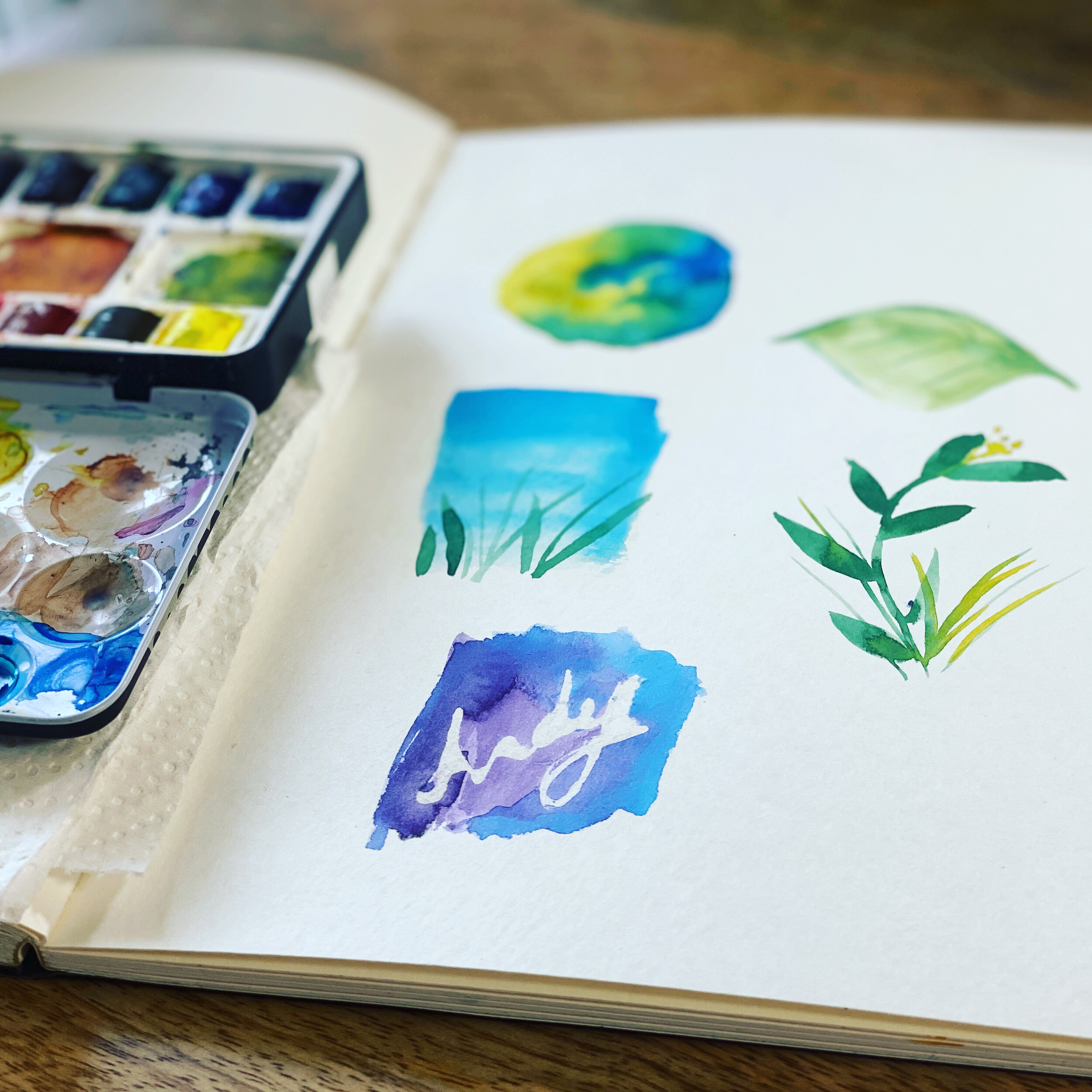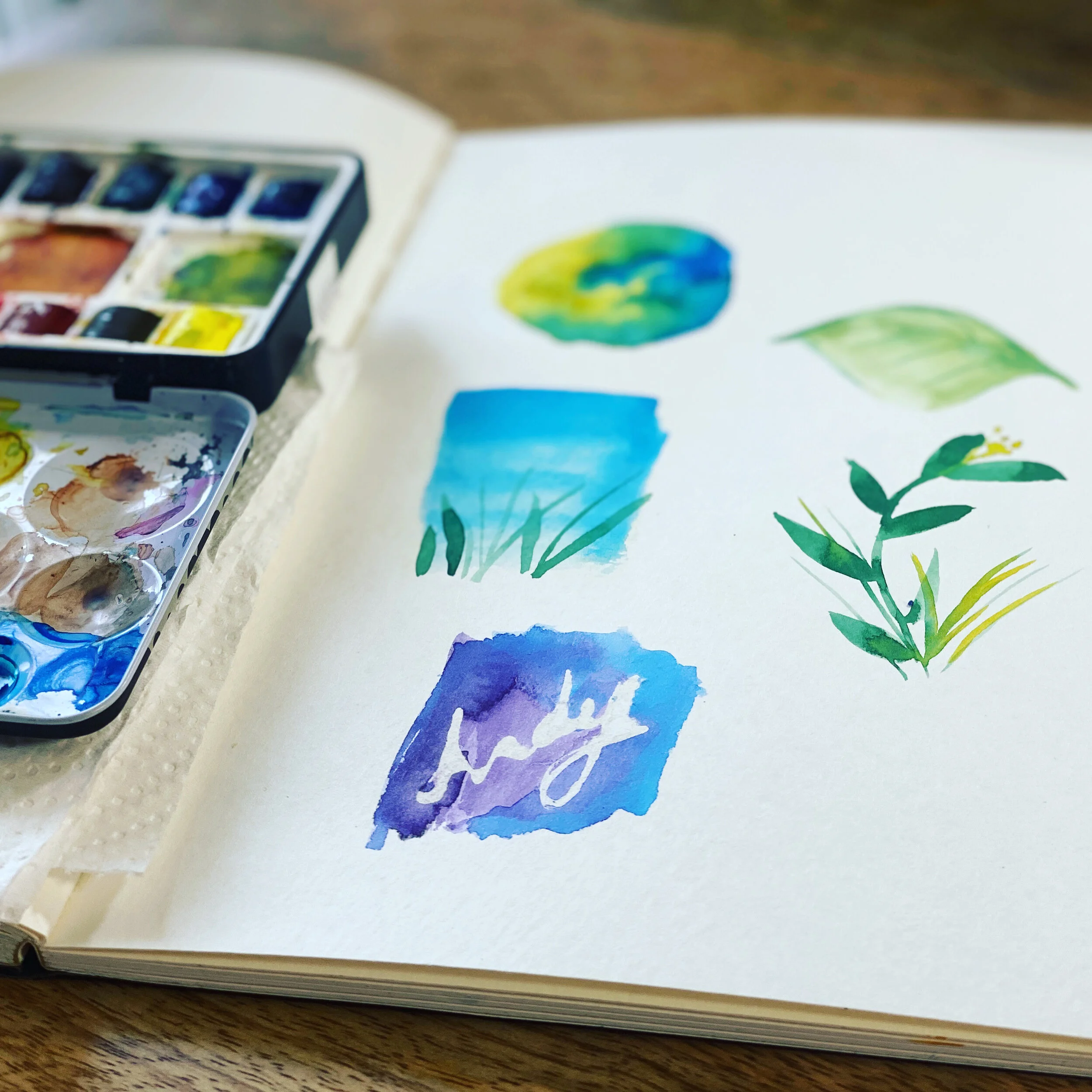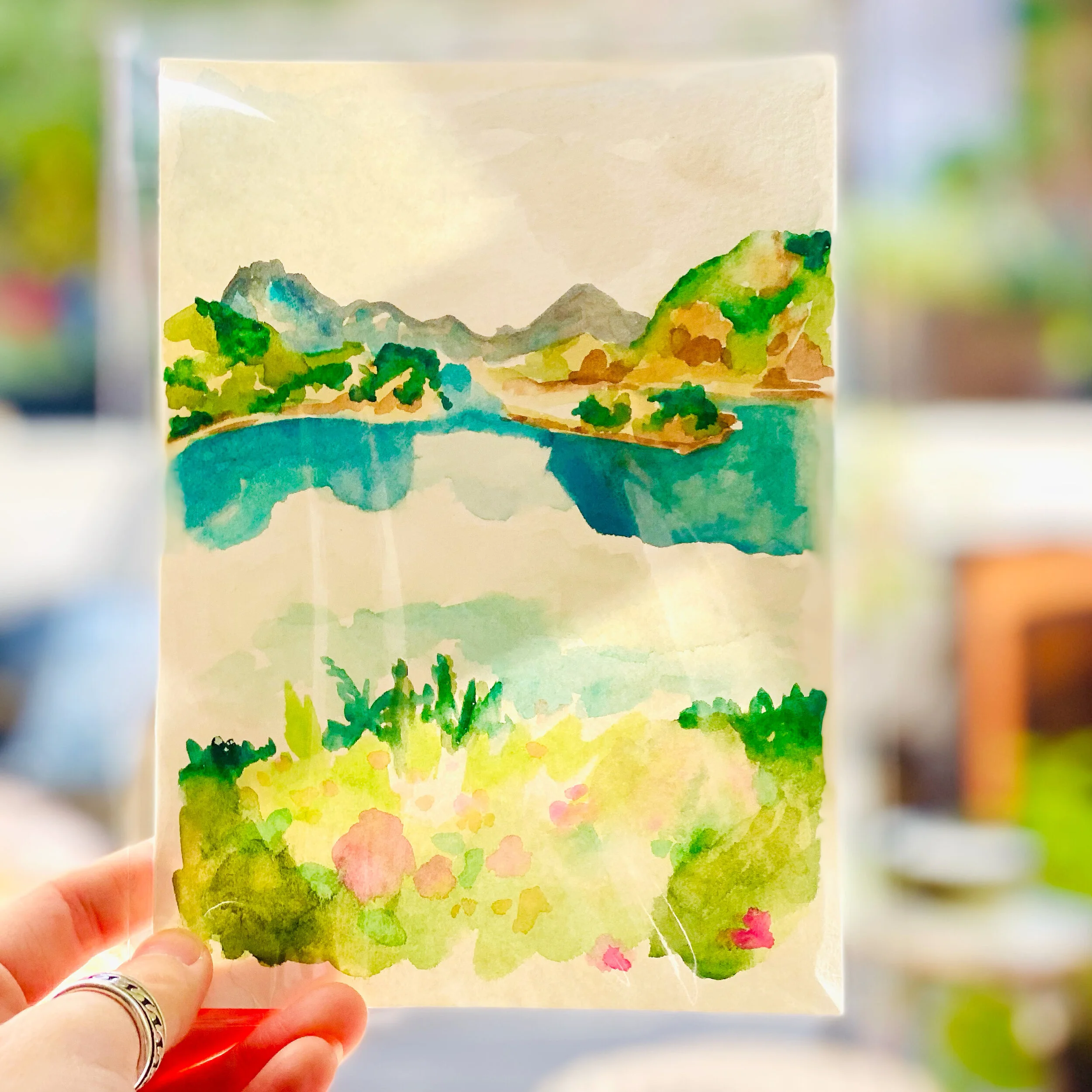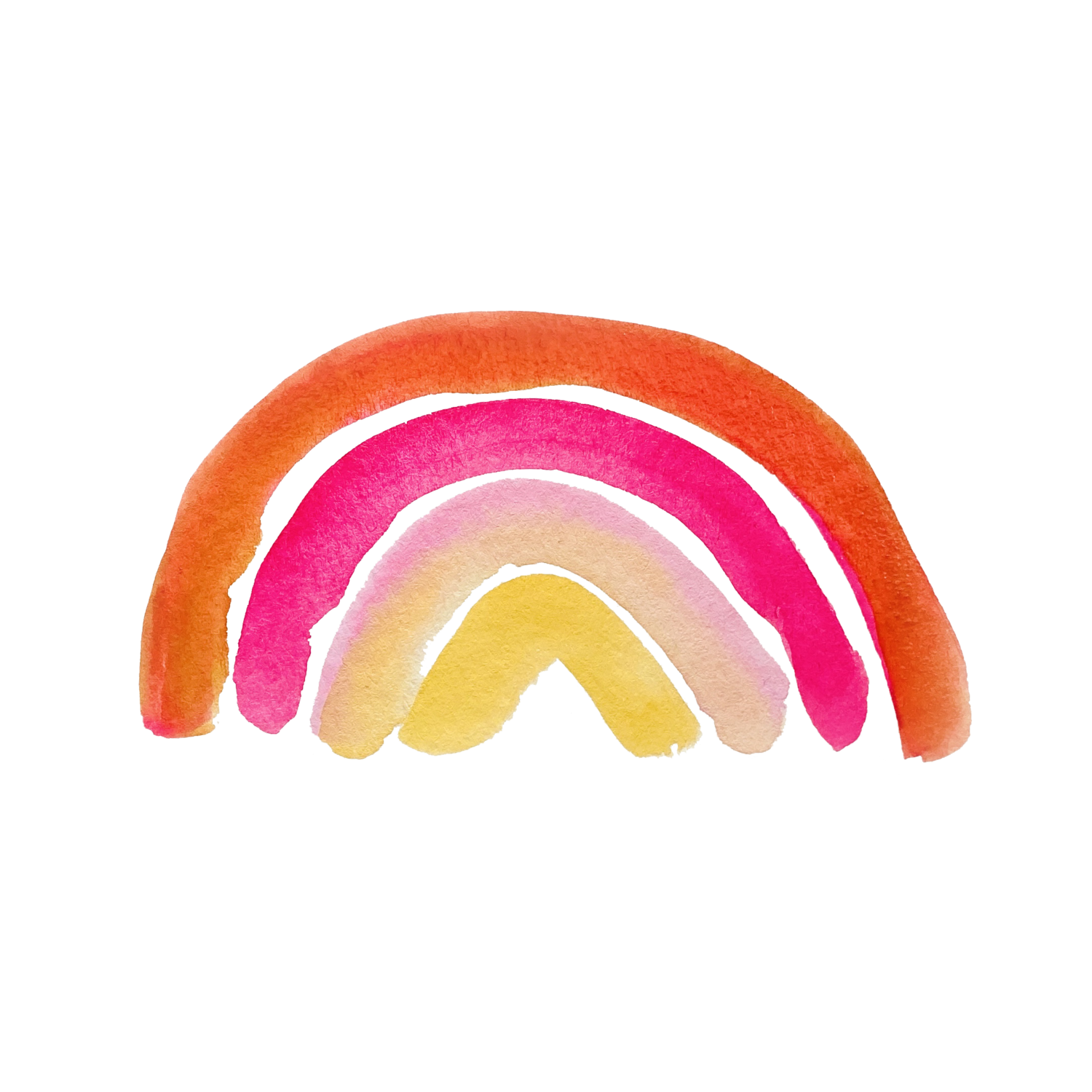

A Simple Guide to Using Masking Fluid with Watercolors
Masking fluid is made from liquid latex-based substance and is applied to areas of an artwork the artist wants to keep white. The masking fluid dries and then the artist can paint over areas of the painting without worrying about color saturating the paper. It preserves the shapes of objects in a painting so the painter does not have to worry about painting over them.

Wet on Dry Watercolor Technique for Beginners
Wet on Dry watercolor painting technique involves applying wet paint and water onto dry paper — at least that’s what Google will tell you. It’s achieved by mixing paint and water on a palette, then applying it to a grade of paper you prefer. Knowing how much water you should apply to your dry paper is the key to success with watercolors.

Watercolor Wet in Wet Technique for Beginners
The Wet in Wet watercolor technique allows artists to explore the freeness in watercolor painting and the unpredictability of using water as an artistic medium. The technique involves wetting the paper using a brush or paper towel and then applying color into the wet areas of the paper. This creates a smooth texture depending on how much water is applied. You can achieve beautiful “washes” by applying water and moving color across the paper. A flat wash is achieved with a flat brush and water. Artists use this technique often with landscapes.
Domestika vs Skillshare
Which is better for illustrators: Skillshare or Domestika? The two platforms operate on complete different business models. They provide a different type of product to students. Here is a breakdown of the main differences between each provider of courses. I’ve used both and Skillshare differs from Domestika in it’s model and style. More consistently quality content comes from Domestika, as they make sure their courses are structured the same between course creators.

Using Pinterest to Promote Your Paintings
Now you’ve created a watercolor masterpiece and want to share it with the world. You might be struggling with Instagram and frustrated about the lack of followers or engaged audience for your work. That’s where Pinterest can help you gain exposure for your watercolor paintings. With a strong strategy for posting content, you can break through the noise.

Testing Out 3 Watercolor Paper Brands: Yupo, Fluid 100, and Art Tiles
You might be excited to try a new watercolor paper, or just starting out with watercolor painting and not sure which paper is right for you. Either way, this review should give you a good idea of which paper might be the best option.


What is watercolor painting?
Watercolor painting is one of the oldest forms of art ever created. It originated dating back centuries when artists painted atmospheric perspective. Today, many illustrators make a living painting with watercolors working on projects for commercial companies or by becoming fine artists.

Best Watercolor Paper Ever
Watercolor painting is just like dating and finding the best watercolor paper for your art can feel that way. I do believe you have to try a bunch of different brands before you’re married to using one type of paper every day. With so many options on the market, it can be hard to find the one that works for you. This article discusses how I found the 3 watercolor paper brands I use every day.

A Guide to Watercolor Paper
You may be starting out in watercolor painting and hear topics like hot or cold press, GSM paper weights, or just not sure which brand to go with. There is also student grade and professional. You might ask yourself the following: Does it matter which paper you pick when you’re starting out watercolor painting?

